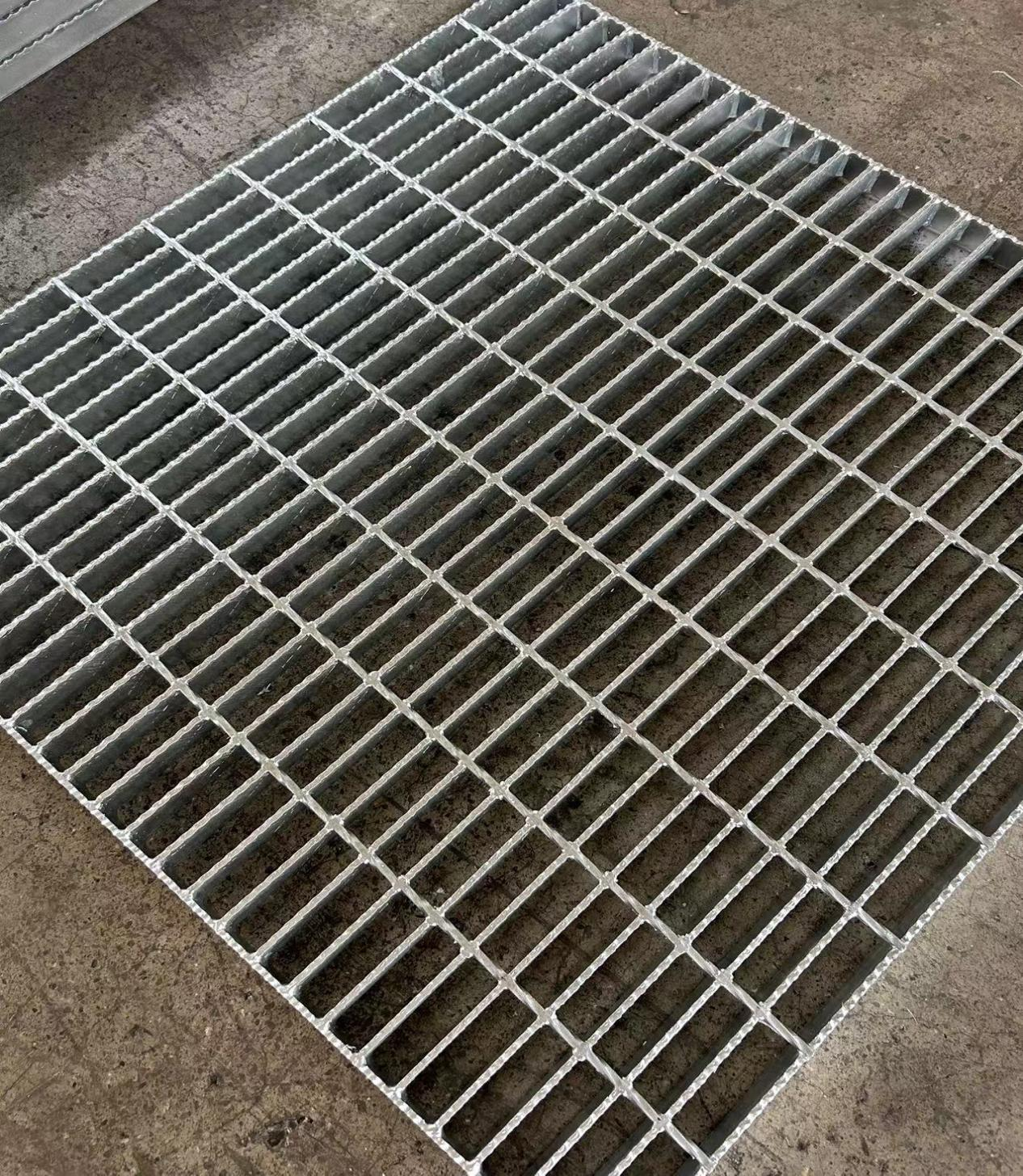Municipal drainage grates play a critical role in modern urban infrastructure, providing structural safety, efficient water discharge, and long-term reliability for public roads and municipal engineering projects. As cities continue to expand and upgrade their drainage systems, selecting the right drainage grate becomes increasingly important for engineering contractors, government procurement teams, and construction suppliers.
This article provides an in-depth look at the functions, materials, applications, selection criteria, and procurement considerations related to municipal drainage grates.
The Role and Importance of Municipal Drainage Grates
Municipal drainage grates are essential components of urban water management systems. They ensure that rainwater, runoff, and wastewater are efficiently discharged into underground pipelines while preventing blockages and ensuring pedestrian and vehicular safety. In large-scale infrastructure planning, the quality and durability of drainage grates directly affect drainage efficiency, road service life, and community safety.
Key Features and Functional Advantages
Municipal drainage grates are designed to meet stringent standards for strength, corrosion resistance, load-bearing capacity, and safety performance. They also need to integrate with various municipal facilities including roads, pedestrian walkways, bridges, tunnels, and public squares.
Below are the main technical features:
• High load-bearing performance suitable for heavy traffic areas
• Slip-resistant surface patterns for improved pedestrian safety
• Strong corrosion resistance to withstand outdoor weather, chemicals, and moisture
• Smooth drainage design that prevents water accumulation and flooding
• Available in ductile iron, steel grating, composite materials, and stainless steel
• Long service life with minimal maintenance requirements
Common Types of Municipal Drainage Grates
Municipal drainage covers come in different designs to support various project demands. Material selection often depends on traffic intensity, environmental conditions, and safety standards.
1. Ductile Iron Drainage Grates
Popular in highways, municipal roads, and high-load areas due to exceptional strength and impact resistance. Ductile iron covers comply with EN124 load rating standards.
2. Steel Grating Drain Covers
Made from welded carbon steel or galvanized steel. They are lightweight, cost-effective, and offer excellent drainage capacity. Ideal for walkways, industrial zones, and light-traffic environments.
3. Composite Drainage Grates
Made from fiber-reinforced composite materials. Advantages include lightweight structure, corrosion resistance, and non-conductivity. Frequently used in coastal environments and high-corrosion zones.
4. Stainless Steel Drain Covers
Used in commercial complexes, parks, and areas requiring both aesthetics and durability. Offers strong corrosion resistance and modern appearance.
Application Scenarios Across Municipal and Industrial Fields
Municipal drainage grates are widely used across various sectors of urban and industrial construction. Their design and load ratings must match their installation environment to ensure long-term operational safety.
• Municipal roads, sidewalks, and pedestrian routes
• Urban stormwater drainage systems and residential communities
• Public plazas, parks, and landscape projects
• Industrial facilities, warehouses, and chemical plants
• Bridges, tunnels, and highway stormwater outlets
• Airports, ports, and large-scale transportation hubs
• Sewer networks, utility pipelines, and inspection chambers
Performance Requirements for Modern Municipal Projects
Municipal engineering projects typically require drainage grates to comply with international standards such as EN124, AASHTO, or local government regulations. These standards dictate load classes, material composition, safety factors, and installation dimensions.
Key performance requirements include:
• Load rating from light pedestrian traffic to heavy truck traffic
• Anti-rust coatings for long-term durability
• Locking mechanisms to prevent theft and unauthorized removal
• Anti-slip textures for improved safety
• Precision fit to avoid rattling and noise issues
• Anti-blocking structure to prevent debris accumulation
How to Choose the Right Municipal Drainage Grate
Selecting the correct drainage grate requires technical understanding and clear project requirements. Below are essential selection criteria:
• Determine load rating based on project type (e.g., A15, B125, C250, D400, F900)
• Choose material (ductile iron, galvanized steel, composite, stainless steel) according to environmental conditions
• Evaluate drainage volume requirements and grate spacing
• Confirm compliance with local or international engineering standards
• Assess maintenance cycles and expected service life
• Select anti-theft and locking options for public areas
• Consider corrosion-resistant coatings for coastal or industrial locations
Procurement Considerations for Government and Contractors
Municipal projects often involve large-scale procurement, so selecting a reliable supplier is essential to ensure product quality and timely delivery.
Important procurement factors:
• Factory certifications such as ISO, CE, SGS
• Ability to provide customized sizes, shapes, and load ratings
• Quality stability and documented testing (load tests, corrosion resistance tests)
• Delivery timelines and production capacity
• Packaging and logistics support for overseas shipments
• After-sales service including installation guidance
Summary
Municipal drainage grates are foundational components of urban infrastructure. Their quality directly impacts drainage performance, road safety, and long-term municipal maintenance costs. By understanding material types, performance requirements, installation environments, and procurement standards, B2B buyers and engineering project managers can make informed decisions to ensure durability, compliance, and operational efficiency.
FAQ
1. What materials are commonly used for municipal drainage grates?
Ductile iron, steel grating, composite materials, and stainless steel are the most widely used materials depending on load and environmental requirements.
2. How do I choose the correct load rating for a drainage grate?
Determine the traffic conditions. Pedestrian areas require lower ratings, whereas roads, ports, and industrial zones require higher load-bearing standards such as C250 or D400.
3. Do municipal drainage grates require regular maintenance?
Most high-quality grates need minimal maintenance. However, periodic cleaning and inspection help prevent blockages and extend service life.
4. Can drainage grates be customized for special projects?
Yes. Many suppliers provide custom dimensions, materials, locking mechanisms, and surface patterns depending on project needs.
Post time: Nov-27-2025

